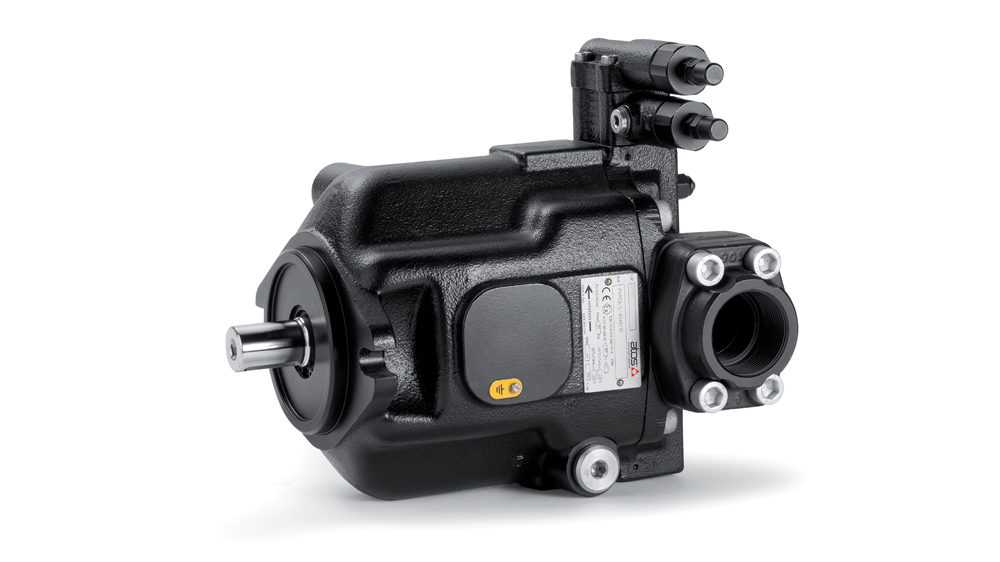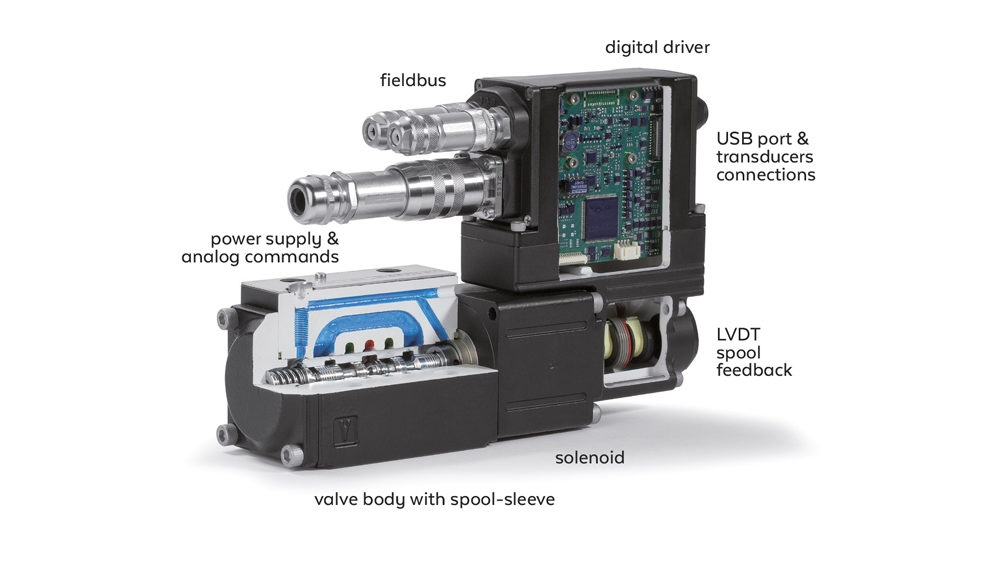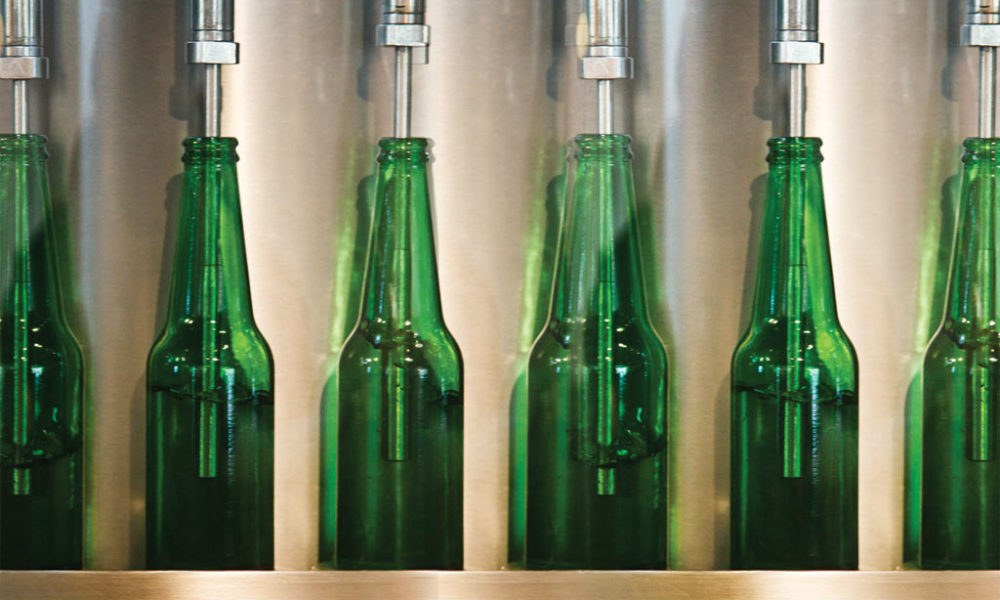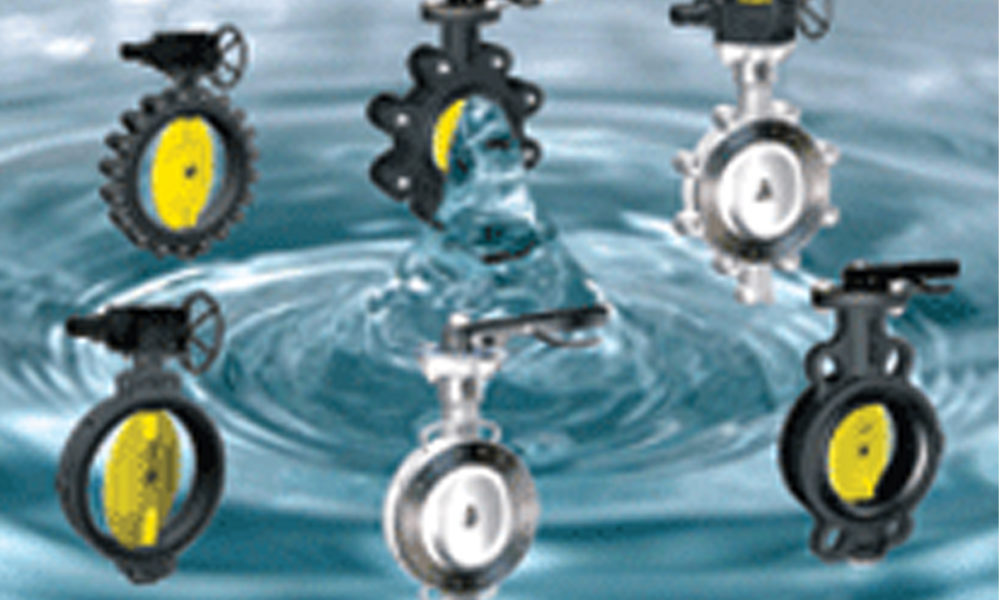Zero leak valves for high temperature liquid transfer and control
By admin May 18, 2011 11:36 am IST
“KZ zero leak valve technology was introduced in India in 1993 and now thanks to more than 25000 such zero leak valves in service from 1994 onwards, we have not only contributed a great deal in reduction of plant shut down on account of gland packing failure, but also have contributed to eco balance by fugitive emission control as well as saving hard cash for end users by avoiding costly oil spills and leaks from gland packing”, explains Kiran Diwanji, President at Qu Con Inc.
For a dream fit & forget plant, one of most needed feature is zero leakage from valves and pumps. Unfortunately, it is believed and accepted by industry that valves and pumps do leak eventually from gland packing, and so, zero leak plant is desired but not viable. The reason being, gland packing manufacturers themselves advocate certain rate of leakage from gland, explaining that this leakage of mother liquid is to provide lubrication to gland packing to reduce friction and scoring of stem. This is outdated totally mislead concept. There is a gland packing in use in India since 1994 which do not need any leakage of mother liquid to lubricate gland and so work zero leak. It is time to end this widely accepted ignorance and start believing that zero leak valves do exist.
The valves operating at high temperature have pronounced leakage from gland packing in short time because, when valve with normal braided gland packing operate at high temperature, after around 2,000 hours of service; gland packing get hardened and set, losing elasticity and capacity to expand radically. When this happens, valve starts leaking profusely and attempt to stop the leak by tightening gland follower bolts do not contribute towards leak arresting but on other hand, increase friction, which results in scoring the shaft.
Once shaft is scored, it provides further leak path to hot media resulting in uncontrolled leakage from gland packing. Once this happens, the valve has to be removed for shaft / gland replacement. Such conditions are not desirable in plants running around the clock handling hydrocarbons in gas and oil industry where, the leakage from gland packing is explosion hazard and so has to be attended immediately. On other hand, in textile process houses, laminated press board plants and plastic film manufacture or printing units, such leaks make plant messy, make floor slippery and present fire hazard as well as cause loss of money on account of oil leakage and waste.. Shut down of such plants on account of gland replacement is the worst reason for any plant shut down. Zero leak valves avoid such shut downs as they do not leak from gland packing even while handling hot oil at high temperatures.
Way back in 1970, more than forty years ago, Target rock, a company in USA was manufacturing zero stem leak control valve for nuclear power generating units. In 1990, under environmental protection agency’s EPA permit regulation, all major sources of airborne fugitive emissions handling any of 189 hazardous chemicals has to obtain new operating limits of emission. This was the basis of clean air act 1990. As per CAA 1990 act, maximum valve stem leakage concentration was to be limited to 10,000 ppm in first year and then to be reduced further to 500 ppm. As a result many new technologies emerged in USA which ensured emission leakage level to desired regulation limit. One of such technologies which came to India in 1993 was KZ-2 valve packing.
KZ Zero stem leak Globe, Gate and control valves with KZ zero leak gland packing were basically manufactured in India to ensure liquid leakage and waste control as primary function so that avoidance of gland leaks in valves will save lots of money for end users , which otherwise would have gone to drain, as it can be seen from tables.
Since a refinery / petrochemical plant in USA have around 60,000 valves in a plant, just imagine what would be the loss of media and savings if such valves do not leak. In addition to money saved by waste reduction, there is lots of money saved as there is no plant shut down for valve gland leakages. KZ Zero leak valves are fit & forget leak free valves and contribute towards leak free plant operations.
The high temperature valve technology
KZ Zero leak high temp valves basically differ greatly from conventional valves as in these valves, in addition to ensuring that there is no gland packing leakage at high temperature, many structural aspects of material of construction play major role. The body and bonnet of valve is not the main issue to worry about, it is internals, the fasteners, gaskets and gland packing which need special attention. The design features of such valves mainly deal with following aspects to ensure long trouble free operation.
• Mechanical properties for trim material / wetted parts
• Clearance of moving parts
• Loosening of fitted parts and fasteners
• Leakage from gland packing.
In high temperature valves, right from start, as temperature starts going up, the trim undergoes an initial elastic deformation and then under load condition, continues to deform or creep with time. So, to overcome this, high temperature zero leak valves have selected material with a stress limit such that total creep over normal life of valve will not extend in to rupture zone and fail the valve.
With increase in temperature, Plastic deformation takes place in seat/plug material which distorts seat/plug concentricity configuration. At elevated temperature, there is very pronounced differential thermal expansion of components in contact with hot media and comparatively colder body parts. When hot media enters cold valve, heat transfers fast through small cross section of plug and stem arrangements and tend to deflect stem or loosen stem/plug fitting.
The seat ring also owing to its low mass, heats up rapidly like plug and expands radially but, the solid mass of valve body which has lower coefficient of thermal expansion and large body mass, do not heat up fast on account of large mass and lower co-efficient of thermal expansion, so, valve body acts as constricting barrier and restricts such expansion of seat in radial direction. This phenomenon causes deformity in concentricity which fouls plug movement and proper fitting of plug in to seat. High temperature valve needs proper metallurgy and valve design to overcome this critical problem. The problem is more pronounced in control valves where there is double seated design. Here, the linear expansion of plug between two seats can exceed body expansion and cause serious distortion problem leading to sub standard temperature control.
Thirdly other major aspect to watch for in high temperature valve is galling. Galling can score, weld on or ball up one metal surface leading to total marring of seat joint, jamming of valve stoke, and on account of increased friction, increase in operating force for valve resulting in jerky positioning of plug rendering precise temperature control impossible. High operating temperature of fluid can also either soften up seat or harden it by annealing, depending upon material of construction of seat. If media is abrasive, liquid will abrade soft trim and increase galling effect and ruin performance of valve. To overcome galling problem, high temperature valves must have hot hardness which will ensure no plastic deformation of trim at elevated temperature. The internal clearance of seat and plug and guide bushes has to be specifically designed so that they will not allow leakage at normal operating condition and will also not seize either, operating at upper threshold of temperature. The body/bonnet fastener bolts are to be so designed that they will not loosen up or distort at high temperature and will not allow valve to leak from body/bonnet gasket at higher temperature.
Cookie Consent
We use cookies to personalize your experience. By continuing to visit this website you agree to our Terms & Conditions, Privacy Policy and Cookie Policy.












